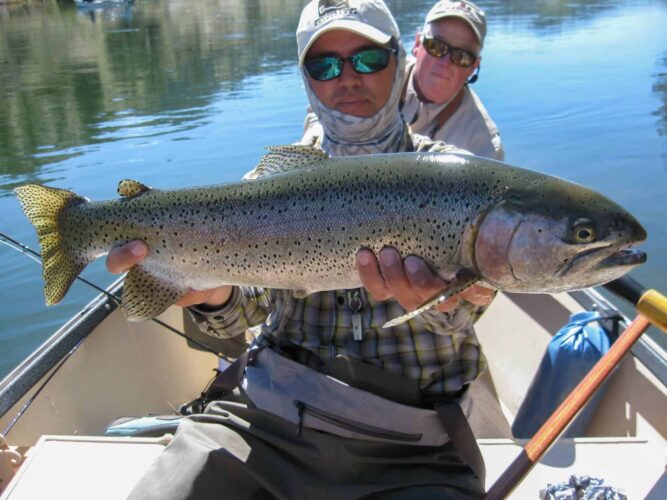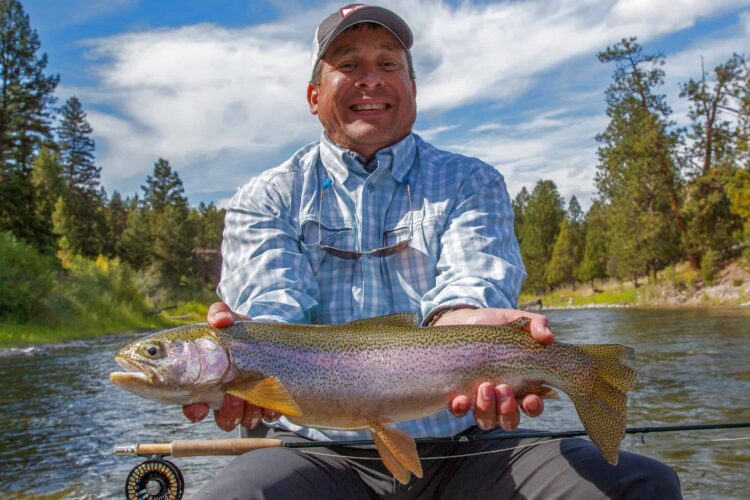
It’s fly tying season here in Missoula. Actually, it’s been fly tying season all winter long but between hunting trips and crazy schedules with the kids I realized that I have put off tying my guide flies to the 11th hour yet again. So I have been busy cranking out as many bugs as possible with the start of the guide season looming just over a week away. I still enjoy fly tying although I don’t have nearly as much free time as I did when I first started guiding. As a youngster nearly every fly in my box was a home spun offering. I took a lot of pride in tying the bulk of my flies. Now, if there is a commercially available version that is nearly as effective I don’t hesitate to buy it. When it comes to nymph patterns I can almost always find the right stuff and I hardly tie any nymphs at all these days. The challenge is finding effective dry flies. I guide in a dry fly driven fishery and the difference between a slow day and a good day, or a good one and a great one can be having the right pattern on the end of the line. The fly has to float right, it has to be easily visible, and it may or may not need to support a dropper or float correctly with a second dry fly. There are very few commercially tied flies that fit the bill and I have two drawers in my fly tying room filled with dozens of commercial bugs that weren’t up to the task. As a result I end up tying a lot of my own dry flies. Stoneflies and hoppers top the list, but there are several mayfly patterns in the mix as well. A sore back and neck are in my near future, but that’s a small price to pay to have the right bugs in my box when I’m on the water.






